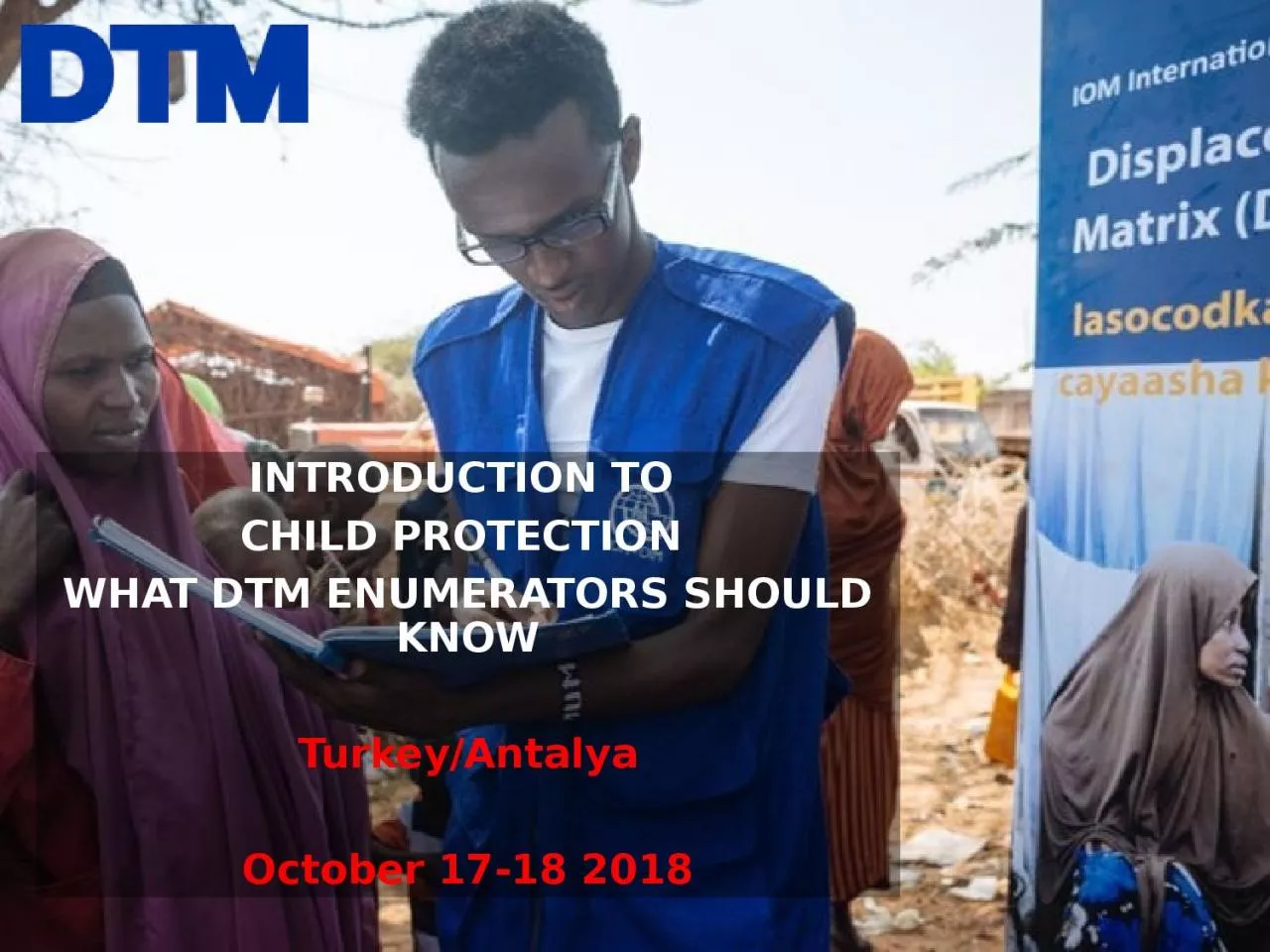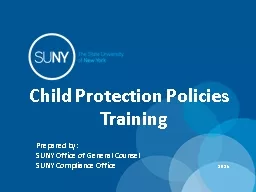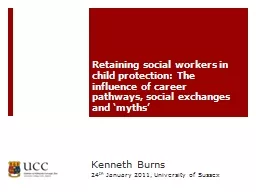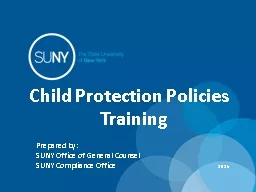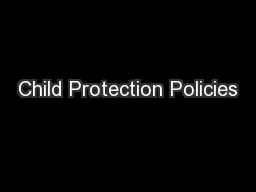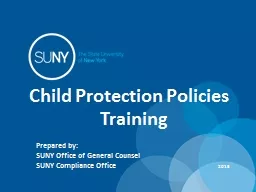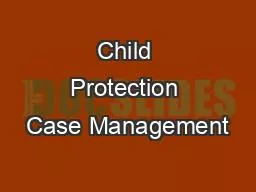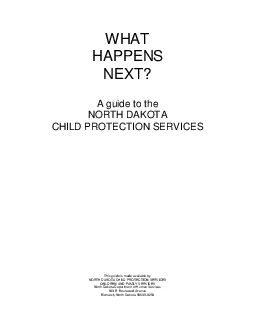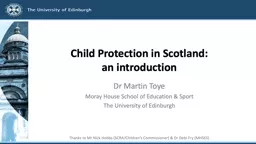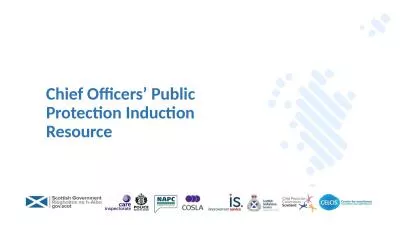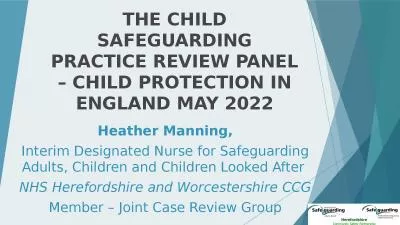PPT-INTRODUCTION TO CHILD PROTECTION
Author : felicity | Published Date : 2023-11-16
WHAT DTM ENUMERATORS SHOULD KNOW TurkeyAntalya October 1718 2018 Part 1 Introduction to Child Protection CHILD PROTECTION AND DTM Learning objectives Work together
Presentation Embed Code
Download Presentation
Download Presentation The PPT/PDF document "INTRODUCTION TO CHILD PROTECTION" is the property of its rightful owner. Permission is granted to download and print the materials on this website for personal, non-commercial use only, and to display it on your personal computer provided you do not modify the materials and that you retain all copyright notices contained in the materials. By downloading content from our website, you accept the terms of this agreement.
INTRODUCTION TO CHILD PROTECTION: Transcript
Download Rules Of Document
"INTRODUCTION TO CHILD PROTECTION"The content belongs to its owner. You may download and print it for personal use, without modification, and keep all copyright notices. By downloading, you agree to these terms.
Related Documents

